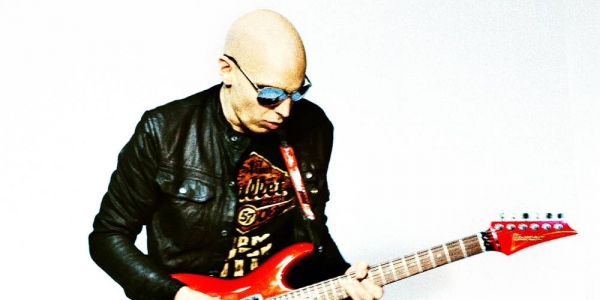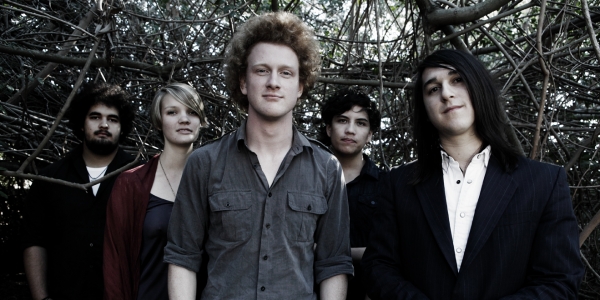Traditionally, Satch and fellow torchbearer for copious amounts of sweep arpeggios, Steve Vai have used G3 as a platform to perform with some of the world’s most respected guitarists, such as Robert Fripp, Yngwie Malmsteen and John Petrucci. However, the inclusion of Steve Lukather, founding guitarist of ’80s AOR-legends Toto, has raised eyebrows among the maniacal scale-bending fan-base of Professor Satchafunkilus.
“It just felt like the right thing to do. He’s sold about 60 million albums with Toto, played on the biggest albums in music history. He played guitar on Michael Jackson albums (most prominently on 1983’s Thriller), and countless #1 albums. He’s part of the fabric of rock music, but he’s not in the Top 10 poll of Guitar Shredders”, Satch attests. Although Lukather played the guitar solo in Olivia Newton-John’s kitsch-disco hit Physical, Satch still attests that he’s “one of the most impressive musicians I’ve ever met. I feel he’s more known for his intense musicianship, which is what I feel when I play with him. I always shake my head and say, ‘Man he’s good’.”
Looking back on the start of his career, Satch can still see himself as a younger man, struggling to sell albums out of the boot of his car, making albums that “nobody wanted and certainly didn’t ask for”. But somehow, things just rolled from there. “I started off really small, playing tours and selling albums out of the trunk of my car that nobody wanted. My perspective of starting my own record company and starting out with Relativity Records was mid-late ’80s. It might be hard to relate my trajectory to someone in the ’90s or in the current age. Next year, it’ll be different.”
Not one to be tied down by a band or held back by the unwavering commercial notions of Top 40 hitmakers – Satch is proud to have worked the “contrarian angle” for his entire career. He doesn’t need to come out swinging like Joe Bonamassa did recently in Classic Rock Magazine – instead, he’s built a career out of valuing the principle, “You can only reach one person at a time.”
“The one thing that will always remain is that you have to make a good connection with other human beings and see what happens there. People connected with me an artist and over the course of my career, I’ve met some great people.
“It’s not a business where people are trying to make money on top of money. It’s not like that, it’s about music. It’s about meeting people. Without overanalysing it, your relationship with other people is so important. It could just be, meeting a fan, who’s eight or 80-years-old, it doesn’t matter. That fan might have a job in a radio station, a record store, a journalist or even an employee of Google. I’ve got nothing but fond memories over my career of just meeting people”.
This includes casual greetings with George Lucas on his Skywalker Ranch. “He always stops by to say hello. “When people think of the ranch, they imagine Droids and Wookies walking around” he laughs. “Hundreds of people work there on the most outrageous, forward thinking ideas dedicated to sound and movies in the world. The studio is huge, it’s the same studio that the orchestral music for Star Wars. In the same building, they’ll be mixing Lord Of The Rings in one room. You’re always bumping into someone doing something weird and wonderful. You’re on a beautiful country compound that’s so big it has its own fire department. You really feel you’re in some special, creative space.”
In fact, he’s certain that Wind In The Trees, from his 2010 solo record, Black Swans And Wormhole Wizards, uses a particular recording of wind blowing through the trees that may have also been used in the Lord Of The Rings trilogy. “I tracked down a sound designer in the building working on a project and I asked him if it would be hard to get a sample of wind for the album. He said that on his computer, he had 20,000 different recordings of wind,” laughs Satriani. “He asked, ‘What kind of wind do you want?’ and I said, I want…. 20 knots, blowing through trees 100 feet tall”. The wind recordings he had were done at different heights, on the ground, slowly moving up the canopies, I think we even got some crows in the distance…. so you can see how practical it is to record there!”
BY MATT PETHERBRIDGE

